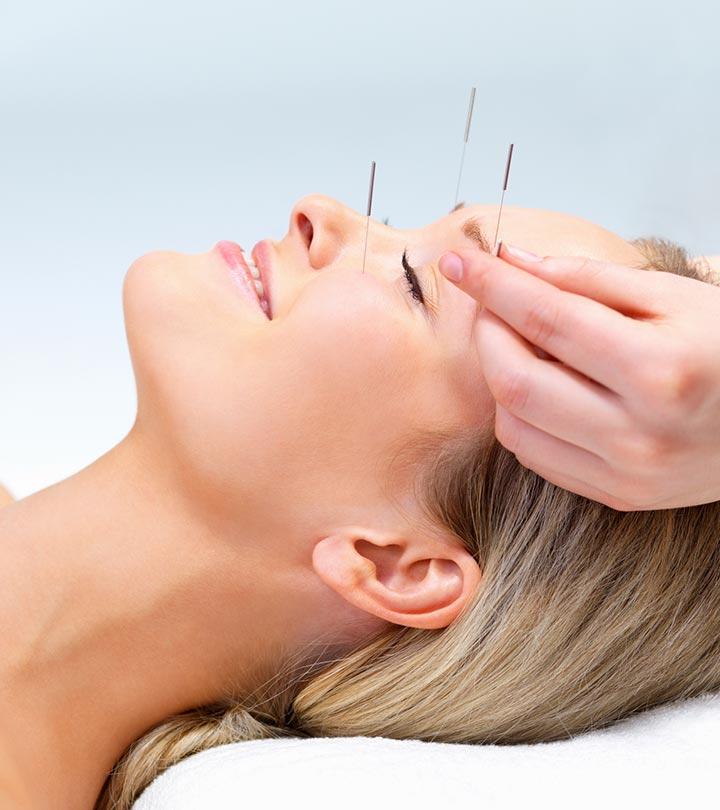


Apply pressure on this point for one minute with your forefinger. Knee Point ST36 is found 2 inches below the knee cap and slightly off center, towards the outer part of the leg.Use your index and middle fingers to massage this point up and down two minutes twice a day. Ren 6 is found 3 cm directly below the belly button.This point can curb appetite and control hunger. Apply medium pressure for five minutes twice a day. GV26 is located between the upper lip and the nose, in the crease or depression (the philtrum).There are a wide variety of other points that can help you reach your weight loss goals. American Journal Of Chinese Medicine, 39(3), 433-440.Īpply pressure to additional acupressure points that promote weight loss. Effects of Auricular Acupressure on Weight Reduction and Abdominal Obesity in Asian Young Adults: A Randomized Controlled Trial. American Journal Of Chinese Medicine, 40(4), 713-720. Efficacy of Two Different Materials used in Auricular Acupressure on Weight Reduction and Abdominal Obesity.

These have been studied most for weight loss. Acupressure points SI19, TW21, and GB2 are located around the ear.It is the only part of the body where three or more acupressure points that control hunger and appetite can be found together. If you only want to use one point, use the ear points.Apply medium and constant pressure for three minutes to control appetite and hunger and improve digestion.Find the point that has most of the movement in your jaw. Another way to find this point is to place your finger against your jaw and open and shut your mouth.The thumb is used because it covers the most area and will affect all three points. Place your thumb directly in front of the triangular shaped flap of tissue found at the front of each ear. Start by applying acupressure to the acupressure points on the ear. This article has been viewed 540,480 times. In this case, several readers have written to tell us that this article was helpful to them, earning it our reader-approved status. WikiHow marks an article as reader-approved once it receives enough positive feedback. There are 11 references cited in this article, which can be found at the bottom of the page. She holds a BA in Psychology and Sociology from The University of Massachusetts, Boston, a Master's from Emperor's College in Santa Monica, CA, and a Doctorate of Acupuncture and Chinese Medicine (DACM) from Pacific College of Oriental Medicine. Klimtchuk also helps patients through emotional and spiritual trauma. She specializes in holistic health, Chinese herbal medicine, and functional medicine. Karina Klimtchuk is a Licensed Acupuncturist, Diplomate of Oriental Medicine, Faculty Member at Yo San University of Traditional Chinese Medicine, and the Owner of Kai Wellness. This article was co-authored by Karina Klimtchuk, L.Ac., DACM, Dipl.


 0 kommentar(er)
0 kommentar(er)
